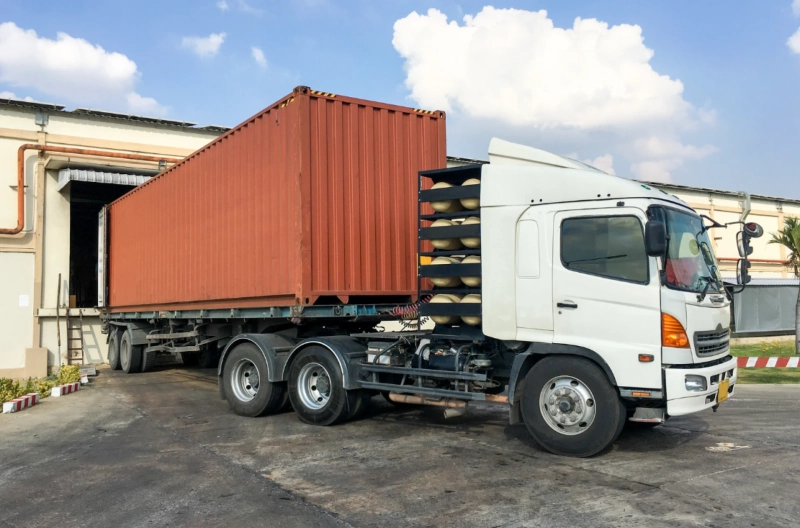If you’ve ever looked at the big rigs on the highway and wondered what it takes to be in that driver’s seat, you’ve probably thought about how to get mc licence. It’s a milestone many professional drivers aim for — the step that opens the door to operating the largest and most complex vehicles on Australian roads.
But it’s not something you can rush. Earning an MC licence takes planning, skill, and the right training environment. You’ll need to meet strict requirements, get comfortable handling a vehicle of that size, and work with a trainer who can prepare you for the unique challenges of multi-combination driving. Think of it less as ticking off a list and more as building the mindset and capability you’ll need every time you get behind the wheel.
Meeting official requirements
Each state and territory has its own version of the MC licence checklist, and while the basics are similar, small differences matter. In New South Wales, the process of getting a heavy vehicle licence means you’ll need to prove you’ve held the right class of licence — HC or HR — for at least a year, pass a medical to show you’re fit for the job, and complete the relevant knowledge test before you can even think about the practical.
The main boxes to tick often include:
- Having held an HC or HR licence for at least 12 months
- Meeting the health and fitness standards for heavy vehicle driving
- Passing an MC licence knowledge test
- Booking in with a recognised training provider
That first step — checking eligibility — might sound simple, but I’ve seen more than one driver lose time because they didn’t realise their licence tenure didn’t quite meet the requirement yet.
Building the skills you’ll need
Getting the licence isn’t just about satisfying the paperwork. You also need to be physically and mentally ready for the work that comes with operating a multi-combination vehicle. Long stints at the wheel, tricky coupling and uncoupling manoeuvres, and constant traffic monitoring are all part of the deal.
Here’s what I found useful before starting:
- Building upper body endurance for those long steering hours
- Staying alert with regular scanning and hazard spotting
- Practising patience — MC driving rewards calm, not speed
When I first sat in the driver’s seat of an MC setup, the size hit me. It felt like looking out from the front of a ship. But the more I drove, the more my focus shifted from “this thing is massive” to “this thing is manageable.” That change only came with time and steady practice.
Preparing for knowledge and practical testing
The written side can catch people out. Even if you’ve been driving for years, the specific rules around multi-combination setups can surprise you. Getting familiar with mc licence test questions is a smart move, because it forces you to brush up on weight restrictions, fatigue laws, and the finer points of trailer management.
Then there’s the practical test. That’s where you prove you can handle the real thing:
- Navigating tight depot spaces without clipping anything
- Maintaining smooth gear changes under load
- Connecting and disconnecting trailers safely
- Handling emergency situations without panic
These aren’t just box-ticking exercises — they reflect the reality of the job. The assessors aren’t trying to trick you, but they will expect you to demonstrate control and awareness at all times.
Choosing the right training environment
The place you choose to train can make a big difference to how prepared you feel on test day. Some training providers operate in busy city areas, throwing you straight into heavy traffic. Others work in quieter regional settings where you can get comfortable with the basics before tackling more challenging conditions.
Both have merit. City training sharpens your awareness quickly, while rural training gives you room to build confidence without constant pressure.
It’s also worth considering the trucks you’ll train in. Modern rigs with advanced safety features can make life easier, but older models might give you a more realistic picture of what you’ll drive in the real world.
An effective training environment usually:
- Offers a mix of traffic conditions
- Gives you time in more than one vehicle type
- Maintains a supportive, safety-first atmosphere
When I did my training, we rotated between highway runs and tight industrial estates. By the end, switching between the two felt almost natural.

What the test day experience can be like
Test day is as much about nerves as it is about skill. Understanding what to expect in a truck licence test can help you settle into the process. MC testing tends to be more involved than other licence classes, but the fundamentals — safe control, awareness, and decision-making — remain the same.
For me, the toughest part wasn’t the complex manoeuvres; it was the mental juggling act. Constant mirror checks, traffic scanning, gear changes — all while making sure I didn’t miss a single instruction. If you can keep calm under that sort of mental load, you’re already halfway there.
Final thoughts before you apply
Before you take the plunge, make sure you’ve covered the basics: you know your eligibility, you’re physically and mentally prepared, and you’ve got the right training lined up. It’s worth putting in the extra effort to choose an instructor who’s been in the industry long enough to give you the little tips that only come from real-world driving.
Taking the time to prepare properly means you won’t just scrape through the assessment — you’ll start your MC driving with the kind of confidence that lasts. And once you’re in control of a fully loaded multi-combination rig, you’ll appreciate every hour you invested in getting there.



